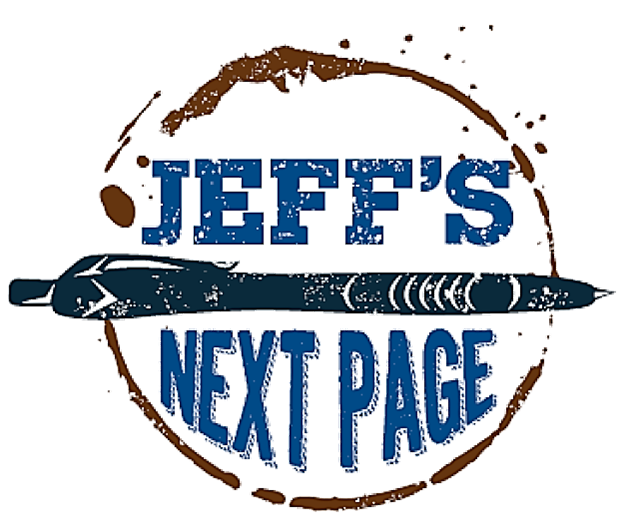My youngest son played Hamlet in a theatre production this past summer. That meant that (a) I spent a lot of time running lines with him and (b) I saw the play four times on four consecutive days. So I spent a lot of time with the play and noticed some things. Before it all fades away, I want to capture a few of the thoughts I had about the play.
Here are three of them . . .
1. I’m stealing this one from the literary critic, essayist, and communication theorist Kenneth Burke, from his essay about literary form. He uses Hamlet as an example, noting that when Hamlet is about to first encounter his father’s ghost, there is a distraction right before the big moment. As noises from the castle drift down to where Hamlet and his friends keep watch, Hamlet begins to kvetch about how much he hates the waste and rowdiness of the king’s parties. The ghost we’ve been waiting for then arrives, startling the group of friends. It’s a great example, Burke notes, of how form works, creating an anticipatory desire (seeing the ghost), delaying the fulfillment of that desire (Hamlet’s rant about the stupid king and his stupid parties), and then fulfilling the desire (oh shit, that’s a GHOST!) to maximum effect.
2. We get a glimpse into Hamlet’s complexity right away, by seeing three versions of him in his first scene. First we see him talking to his mother and uncle. As they push him to move on from grieving for his father, urging him to adjust to the new normal, Hamlet steps to the edge of politeness in his responses to them, and we see him being smart and controlled, even as we understand that he is suffering and angry and struggling. Secondly, when he is left alone, we get his deepest thoughts, see how he is scorched with grief and rage. It’s a powerful moment of dropping the public mask and seeing into the private soul. And thirdly, when Horatio and friends appear, Hamlet gets it together and kind of bullshits with his buddies for a minute, engaging in dark humor as they catch up on all that’s been going on. So: the first appearance of the protagonist gives us three views of him, establishing that there’s way more to Hamlet than meets the eye any given moment.
3. The funny stuff is really-really funny. There is a bit of hilarious double entendre dirty talk with Hamlet talking to Rosencrantz and Guildenstern, where they are ostensibly saying it’s good to be not too happy and not too sad. They personify Fortune as a woman, and make jokes about how not being at the top or bottom of Fortune, that is, neither her cap nor shoes, would mean that one was near, um, Fortune’s waist, you know, near her secret treasures, and so on. It’s a funny bit of schtick, comic relief from a heavy theme, and right on point for these university students goofing around with wordplay.
Sunday, August 25, 2019
Sunday, August 18, 2019
Once Upon a Time in Hollywood: three cool but not super-deep observations
Spoilers below. You have been warned.
1. Brad Pitt’s deadpan dopey sort-of-amused reaction to people breaking In with weapons and threats is a fantastic callback to his very fine but brief performance as Floyd in the Tarantino-penned 90s movie True Romance. Well played, all the way around.
2. The thing Pacino tells Dicaprio, that having a daunting hero from the past lose a fight as a way to boost the new protagonist‘s cred, is exactly what is going on with the Bruce Lee scene. That bit of dialogue is a funny moment of inside baseball, Tarantino referencing a method he himself is using.
3. There are a couple of instances of beautiful and glamorous women snoring. This is close to the heart of the movie’s theme about reality vs depictions thereof.
1. Brad Pitt’s deadpan dopey sort-of-amused reaction to people breaking In with weapons and threats is a fantastic callback to his very fine but brief performance as Floyd in the Tarantino-penned 90s movie True Romance. Well played, all the way around.
2. The thing Pacino tells Dicaprio, that having a daunting hero from the past lose a fight as a way to boost the new protagonist‘s cred, is exactly what is going on with the Bruce Lee scene. That bit of dialogue is a funny moment of inside baseball, Tarantino referencing a method he himself is using.
3. There are a couple of instances of beautiful and glamorous women snoring. This is close to the heart of the movie’s theme about reality vs depictions thereof.
Subscribe to:
Posts (Atom)

